I have this item here to review:
CLASSIC PRO / CS203 High-Quality Passive Speakers
These new speakers just arrived in late July and have only recently hit the market.
The size is quite compact, with a height of 20 cm, width of 10 cm, and depth of 13 cm—about the size of four 500ml plastic bottles lined up. They are comparable in size to the side speakers of a CD component system.
With a classic, standard design, they should fit comfortably in any environment.
Most notably, the price is very attractive:
¥12,800, making them one of the most affordable hi-res monitors available.
(As of September 2022).
The speakers also come with a mesh grille.
↓
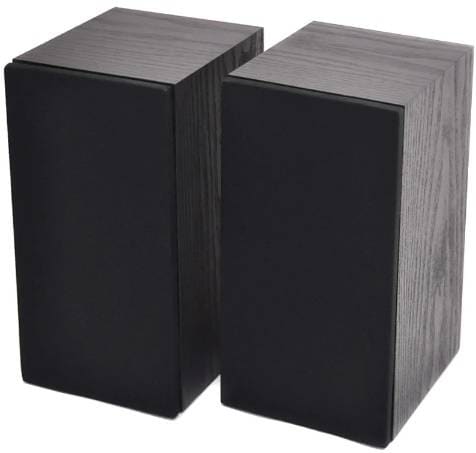
In terms of performance, these speakers boast hi-res capabilities.
According to the Japan Audio Society, the definition of hi-res includes the following:
<Analog>
- Microphone high-frequency response: Capable of reproducing frequencies above 40 kHz.
- Amplifier high-frequency response: Capable of reproducing frequencies above 40 kHz.
- Speaker/headphone high-frequency response: Capable of reproducing frequencies above 40 kHz.
<Digital>
- Recording format: Capable of FLAC or WAV at 96 kHz/24 bit or higher.
- Input/output interface: Capable of 96 kHz/24 bit or higher.
- File playback: Capable of FLAC/WAV at 96 kHz/24 bit or higher (recorders can handle either format).
- Signal processing: Capable of handling signals at 96 kHz/24 bit or higher.
- Digital-analog conversion: Capable of signal processing at 96 kHz/24 bit or higher.
Furthermore, products are subject to listening evaluations based on various manufacturers’ criteria to determine if they are suitable for the ‘Hi-Res’ label.
Returning to the CS203, the frequency response is broadly flat from 150 Hz to 20 kHz, as seen in the frequency response graph in the manual. There are minor peaks and dips, but they remain within a 70 dB SPL to 85 dB SPL range.
Regarding hi-res capabilities, the question is whether the speakers can accurately reproduce frequencies beyond the audible range. The CS203 has a frequency response up to 40 kHz, with the graph showing a flat line extending to that point, after which the response gradually declines at higher frequencies.
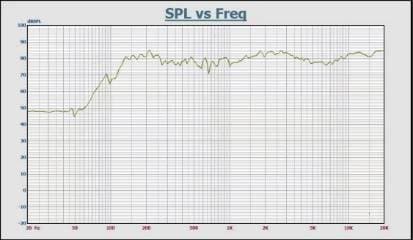
Now, let’s move on to the listening test. To play hi-res audio, you’ll need the following:
For this test, I used:
■ Hi-res audio files
Downloaded from this website.
■ Hi-res amplifier
I used this one:
■ Listening Report
The high-frequency reproduction is noticeably clearer compared to standard monitors.
The characteristic sparkle of hi-res audio is distinctly audible.
Overall, the midrange is robust, and the high frequencies are faithfully reproduced, making these speakers suitable for almost any genre without adding unwanted coloration.
In the low-frequency range, frequencies below 150 Hz are less pronounced, so extremely low bass or kick drum sounds may feel slightly subdued. However, this allows the midrange to come through clearly, resulting in a balanced sound that isn’t overly colored.
■ Conclusion
Even without a full-fledged audio setup, you can enjoy high-quality sound easily.
The compact size allows for easy placement in your living room, workspace, or any relaxing area.
Hi-res audio files are also readily available from services like Apple Music and Amazon Music, making it convenient to access content.
If you’re looking for an affordable way to enjoy hi-res audio, these speakers are definitely worth considering.





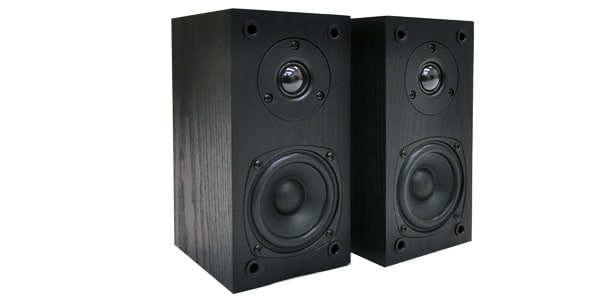

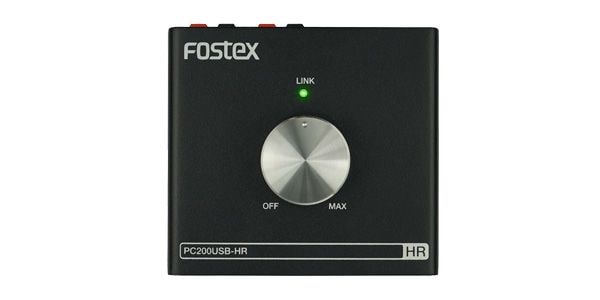

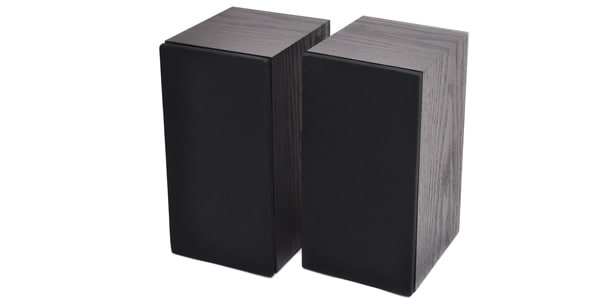
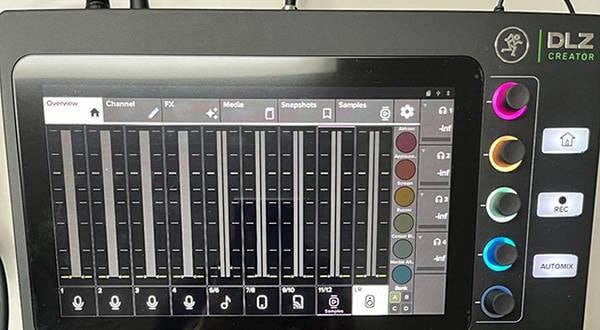
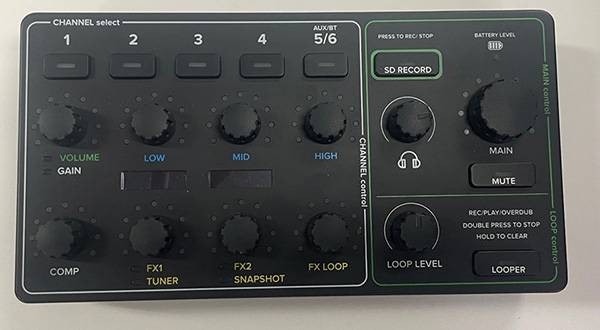
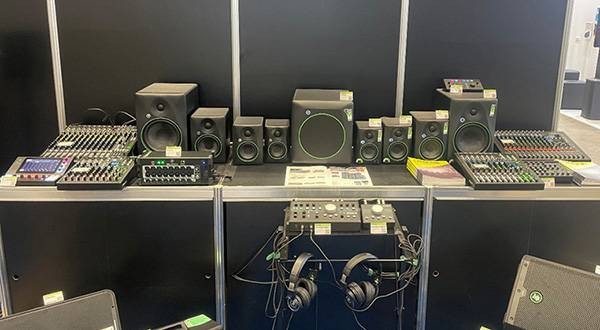

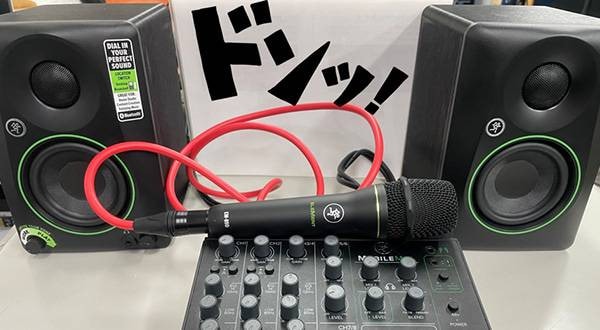
![[Recommended Monitors with Multi-Way Speakers] Guaranteed Recording Studio Quality Sound!](/contents/uploads/thumbs/2/2022/3/20220314_2_17056_1.jpg)
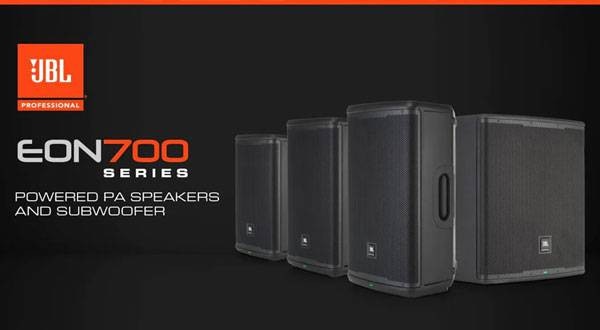
![Top 6 Most Popular Recommended Monitor Speaker Rankings at Sound House [2023]](/contents/uploads/thumbs/2/2021/12/20211208_2_15529_1.jpg)
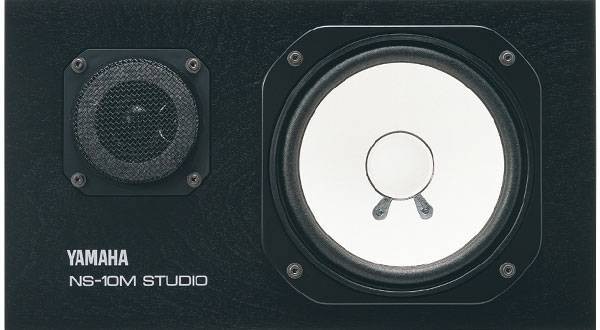
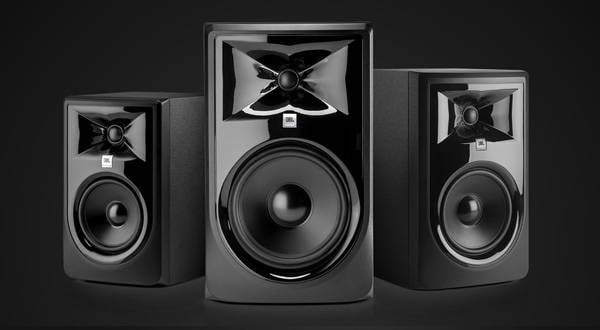
![[Latest for 2025!] Easy Beginner Speaker Cable Selection Guide + Recommended Popular Products!](/contents/uploads/thumbs/2/2019/8/20190809_2_7187_1.jpg)
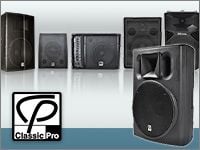 スピーカーの定番 Classic Proのおすすめモデル
スピーカーの定番 Classic Proのおすすめモデル
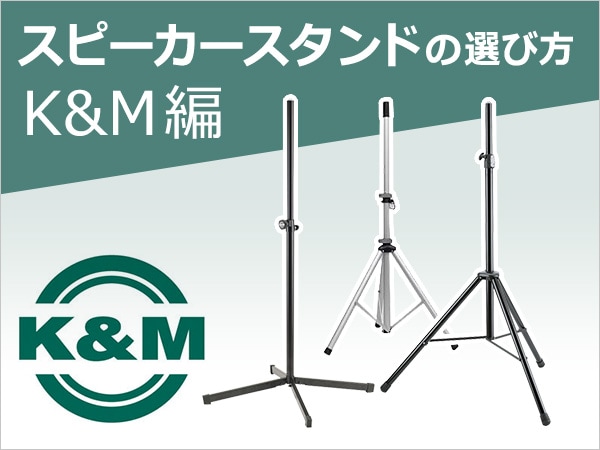 スピーカースタンドの選び方 K&M編
スピーカースタンドの選び方 K&M編
 スタジオモニタースピーカーを選ぶ
スタジオモニタースピーカーを選ぶ
 スピーカーユニット交換
スピーカーユニット交換
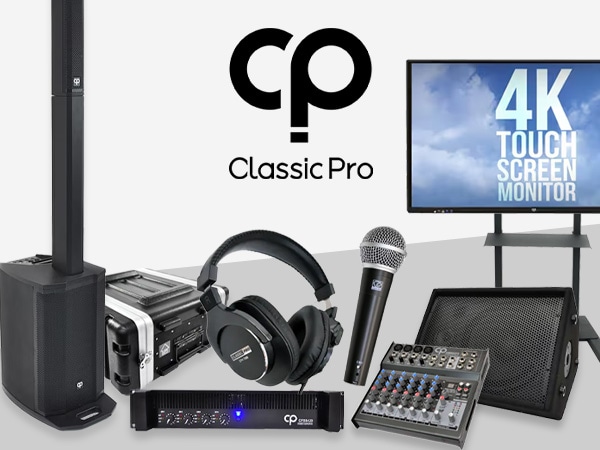 CLASSIC PRO
CLASSIC PRO
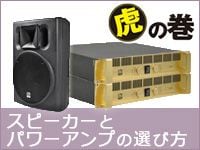 スピーカーとパワーアンプの選び方
スピーカーとパワーアンプの選び方















